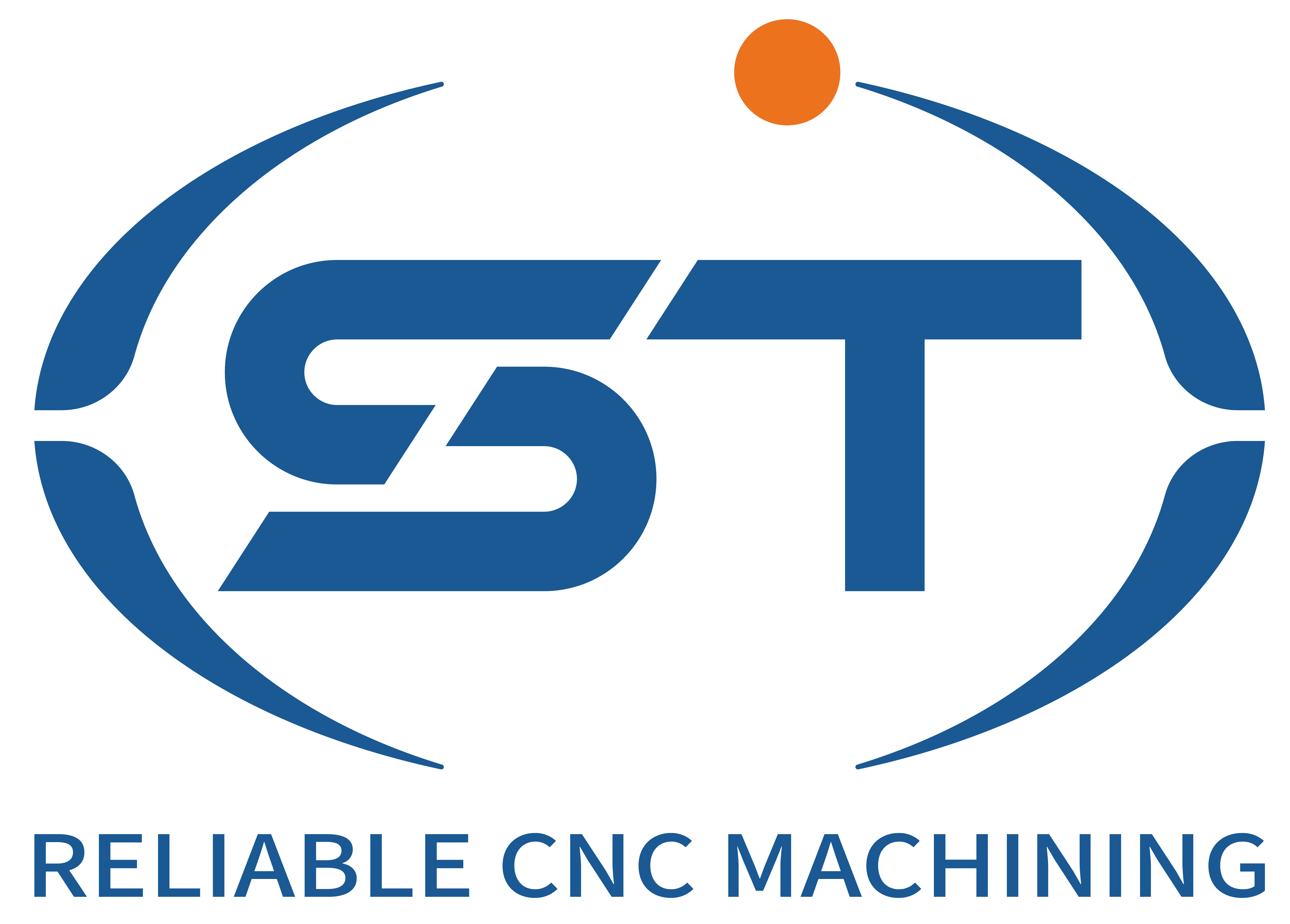The numerical control machining methods for automotive steering system parts need to be optimized from multiple dimensions such as process planning, tooling design, tool selection and quality control in combination with the structural characteristics, material properties and precision requirements of the parts. The following are the key processing methods and implementation points:
Содержание
ПереключениеFirst, process planning and sequential optimization
Process concentration and control of clamping frequency
Steering system parts (such as steering knuckles and rack shafts) usually have complex surfaces, and the number of clamping times needs to be reduced through process concentration. For instance, the processing of steering knuckles can be carried out using a five-axis linkage machining center, which can complete the processing of flange surfaces, bearing holes and caliper holes in a single clamping, avoiding repetitive positioning errors.
For eccentric parts (such as the eccentric cover of the steering gear), self-rotating eccentric fixtures can be adopted. Through the hydraulic system, the workpiece can be automatically eccentric rotated, reducing the manual adjustment time while ensuring that the eccentricity tolerance is controlled within ±0.015mm.
Processing path planning
For slender shaft parts (such as steering rack shafts), a double-head CNC lathe can be used for bidirectional processing. The hydraulic bidirectional spindle chuck is utilized to achieve synchronous clamping at both ends, reducing the vibration caused by excessive overhanging of the workpiece.
When processing the steering knuckle arm, the cutting path needs to be optimized according to the shape of the part. For instance, for steering knuckle arms with a length exceeding 200mm, a horizontal milling machine can be used for large end face processing, and fixtures with the same deflection degree can be employed to handle situations where the deflection degree of the large and small end faces is 5°, ensuring processing stability.
Second, tooling design and fixture optimization
High-precision tooling design
The processing of steering system parts requires the design of special tooling. For instance, the processing of steering knuckles can adopt a positioning method of two pins on one side, with the caliper hole serving as the positioning hole, and be combined with a five-axis machine tool to achieve high-precision processing.
For eccentric cover parts, the self-rotating eccentric fixture automatically repositions the rotary shaft by pushing the piston through the hydraulic cylinder, and ensures the rotational accuracy by angular contact ball bearings and plane needle roller bearings, thereby achieving high-precision processing of the eccentric inner hole.
Clamping force control and deformation prevention
When processing thin-walled parts such as steering knuckle arms, the clamping force must be strictly controlled. For instance, the clamping force is reduced through the debugging of the hydraulic system to prevent dimensional deviations caused by clamping deformation.
During the processing, the cutting force at the overhang position needs to be detected to ensure that the clamping force and the supporting force positions remain on the same horizontal line, avoiding the generation of clamping torque.
Third, tool selection and optimization of cutting parameters
Tool materials and geometric parameters
The parts of the steering system are mostly made of high-strength steel or cast iron materials, and tools with good wear resistance should be selected. For instance, when machining bearing holes, general internal cylindrical turning tools can be used for rough and finish turning. However, for special structures such as spring retaining rings, customized non-standard turning tools are required.
The geometric parameters of the cutting tool need to be optimized according to the material properties. For instance, when processing cast iron, the rake Angle of the tool can be set at 8°-12°, and the relief Angle at 6°-10° to reduce the cutting force and enhance the chip removal efficiency.
Cutting parameter control
The cutting speed, feed rate and cutting depth need to be optimized according to the material hardness and tool life. For instance, when processing high-strength steel, the cutting speed can be controlled at 80-120m/min, the feed rate at 0.1-0.2mm/r, and the cutting depth at 1-2mm.
When processing slender shaft parts, a low-speed and large-depth cutting method should be adopted, and high-pressure coolant should be used to wash away the chips to prevent the tool from overheating.
Fourth, quality control and inspection
Online detection and compensation
The processing of steering system parts requires the installation of an online detection system. For instance, when processing the bearing holes of the steering knuckle, the hole diameter size can be monitored in real time through a laser measurement system, and the tool offset can be dynamically adjusted based on the measurement results to ensure dimensional accuracy.
For complex-shaped parts (such as the rack shaft of the steering gear), a coordinate measuring machine (CMM) can be used for final inspection to verify the dimensional accuracy and positional accuracy of key features such as threads and taper holes.
Surface quality and residual stress control
The surface quality of the steering system parts directly affects their service life. For example, the surface roughness of the conical hole of the steering knuckle arm needs to be controlled within Ra0.8μm, which can be achieved by optimizing the cutting parameters and tool path.
The residual stress generated during the processing needs to be eliminated through subsequent processes. For instance, for high-strength steel parts, vibration aging or stress relief annealing treatment can be adopted to reduce the risk of fatigue crack initiation.
Fifth, Analysis of typical cases
Processing of a certain automotive steering knuckle:
The material of the part is 40Cr, and features such as bearing holes, caliper holes and flange surfaces need to be machined. Optimization measures:
A five-axis linkage machining center is adopted for centralized processing of procedures.
The cutting tools selected are PCD composite tools to achieve the compound processing of milling planes, interpolation milling of inner hole cavities and fine reaming of inner holes.
Cutting parameters: Vc=120m/min, fz=0.12mm, fr=0.6mm/r.
Result: The processing efficiency has increased by 40%, and the dimensional consistency has improved to over 98%.
Processing of the eccentric cover of a certain automotive steering gear:
The tolerance requirement for the eccentricity of the parts is ±0.015mm. Optimization measures:
The self-rotating eccentric tooling is adopted, and the automatic eccentric rotation of the workpiece is realized through the hydraulic system.
The two processes of rough turning and fine turning of the outer circle and inner hole are combined onto one tooling and completed in one clamping.
Cutting parameters: Vc=80m/min, fz=0.1mm/z.
Result: The compliance rate of eccentricity tolerance has increased to 99%, and the processing time of a single piece has been shortened to 152 seconds.




